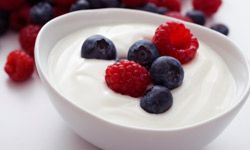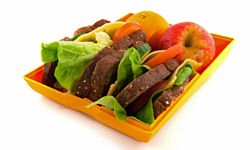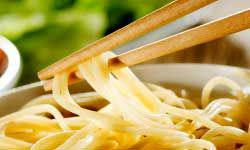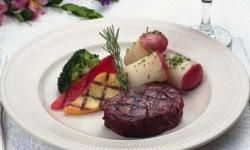In her best seller Fight Fat After Forty, Pamela Peeke, M.D., contends that 21st-century living seems programmed to make us fat. We squeeze every minute out of each day to reach our goals and commitments and constantly worry about falling short. That kind of behavior and anxiety can (and does) produce stress, which is "toxic" to our bodies, says Dr. Peeke.
How Stress Becomes Tummy Fat
When stress hits, different brain chemicals are released to help our bodies handle the physical response. One of those chemicals, cortisol, or stress hormone, is a powerful appetite "trigger." And what do we crave when we feel stressed? Candy, ice cream, cookies, potato chips, etc. These foods provide the carbohydrates and fat to replenish the calories used when we respond to stress. But when the same thing happens day after day, it becomes toxic and we gain weight.
Advertisement
Dr. Peeke has found that the extra calories consumed by the cortisol appetite trigger are converted to fat deposits that gravitate to one area of the body — the waistline. Fat deposits around the abdomen are associated with illnesses such as heart disease, diabetes, high blood pressure, stroke and cancer. That expanding waistline isn't just a vanity issue; it's a threat to your life!
To avoid gaining toxic pounds, Dr. Peeke advises that we keep cortisol below the appetite-stimulating threshold in our bodies. Ten simple strategies for meal planning and timing can put the breaks on toxic weight gain. Here what Dr. Peeke recommends:








